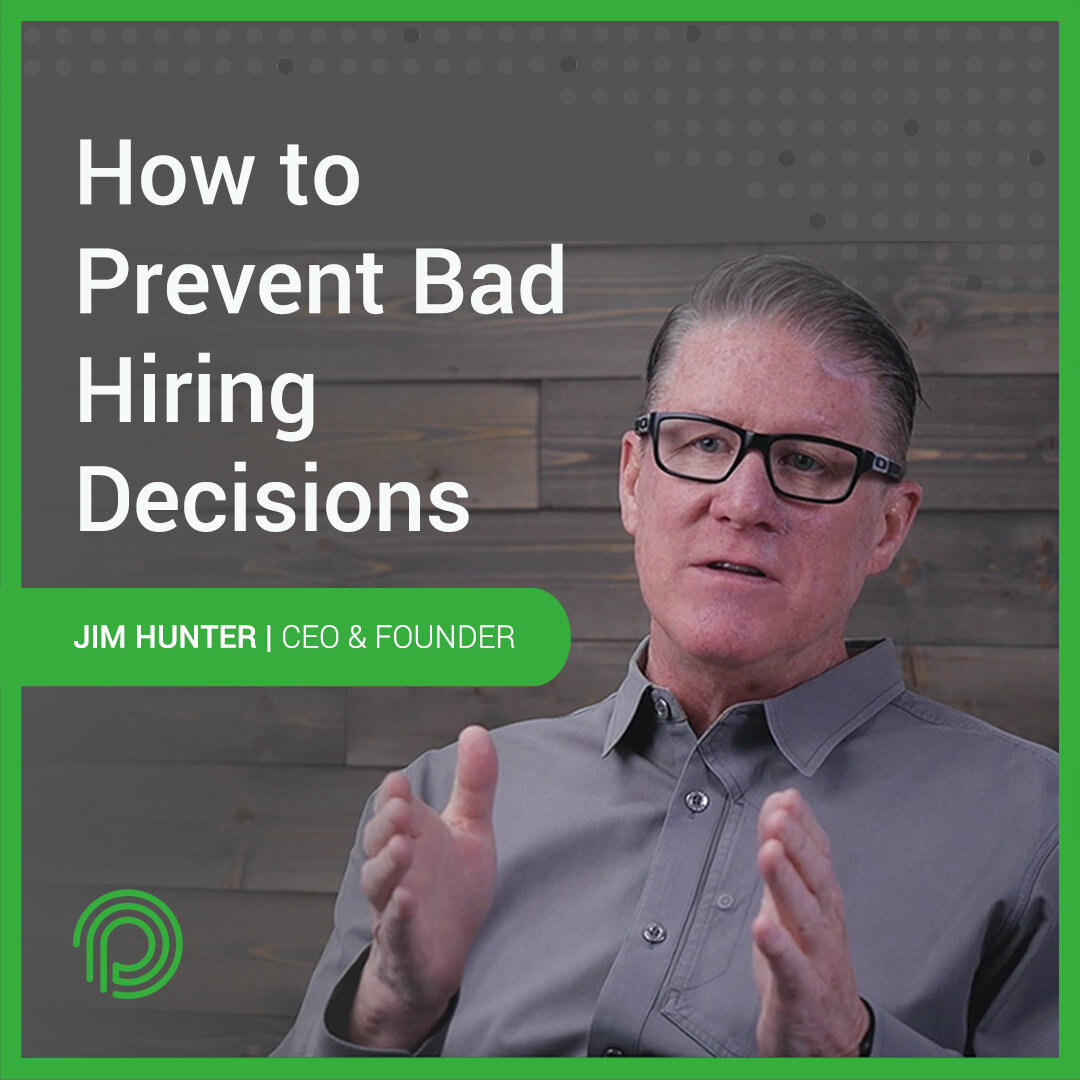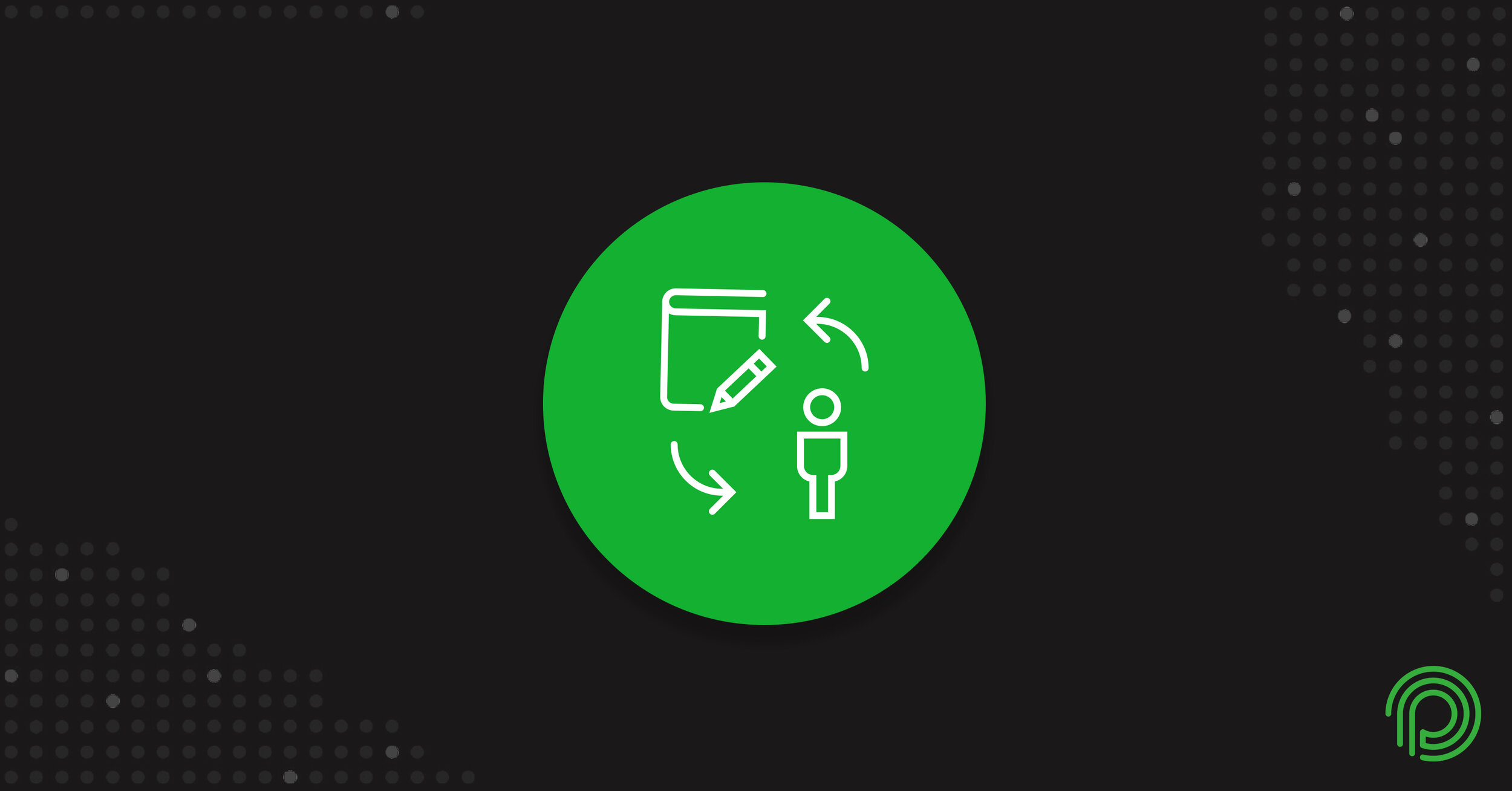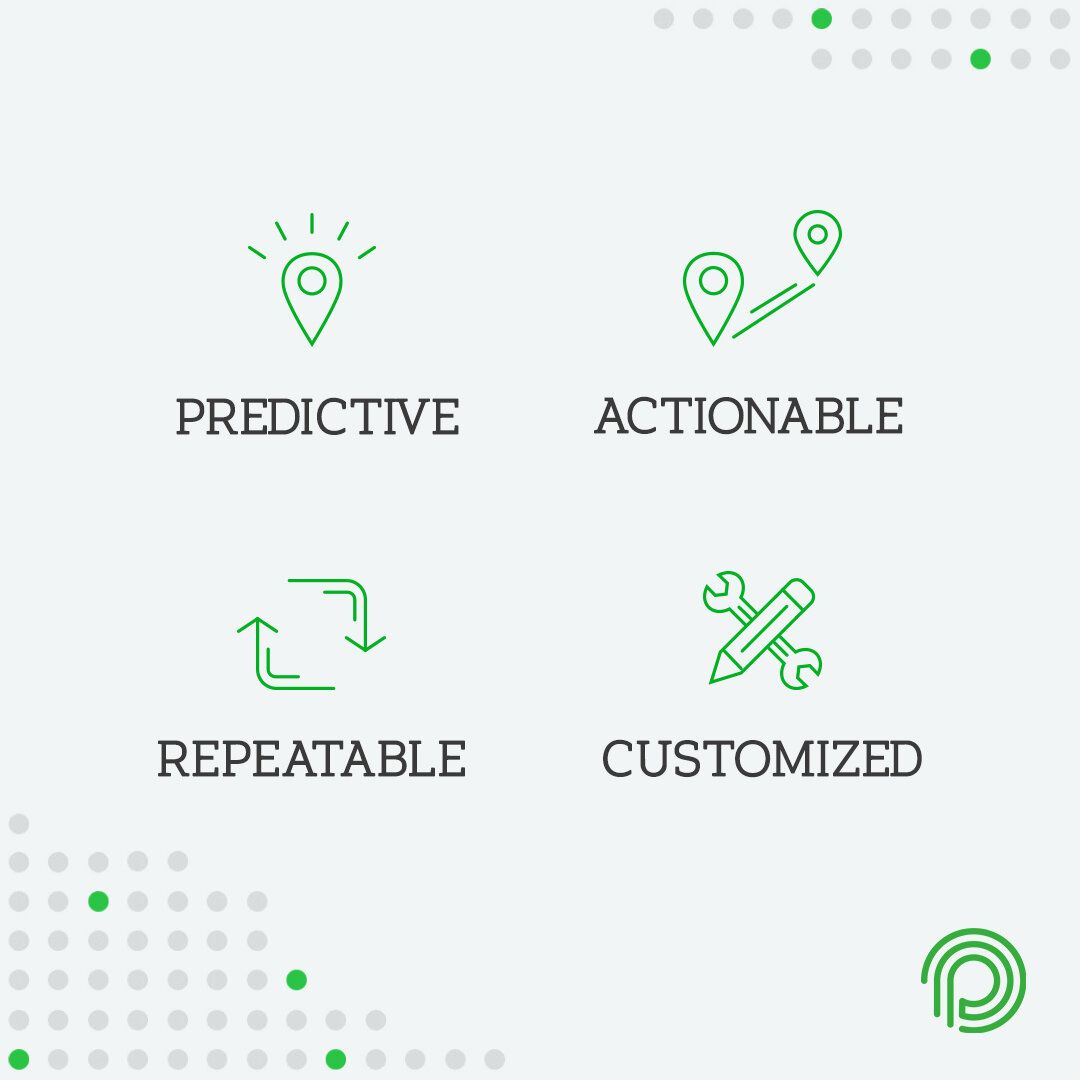There are two groups of people out there in the hiring world. The first are the people who rely on Monster.com, Indeed, and other job boards. Or maybe they think a professional “headhunter” will be able to help them recruit new talent. These are the same people that subscribe to the idea that running hiring ads is an effective tactic—despite diminishing returns on ad spend. All of this while being avalanched with countless cookie-cutter resumes that take hours to pore over. Old school stuff.
The other group are the people who have realized, through trial and error, that resumes, and traditional hiring practices are insufficient. These progressive people have turned to technology in the hopes that automation will help. These are the people who are using applicant tracking systems to help supplement their current practices – hoping this can help them hire better people.
That being said, there are a lot of tools and confusing options in the market to choose from. DiSC, Myers Briggs and Predictive Index are among the most commonly used profiling tools that companies leverage to assess personality attributes. Beyond personality profiles there are many vendors who attempt to quantify a potential hire’s soft skills—companies such as Applied, Pymetrics, and Koru come to mind.
But before you make your decision, I want you to consider the following…
The Four Must-Haves
I started PeopleBest with a belief that a well-rounded tool, system, or company (let’s group them and call them products) should embody the following four attributes. Your product should be:
· Predictive
· Actionable
· Customized
· Sustainable
Some basic products might check one or two of these attribute boxes, and that’s a good start. But if it doesn’t have all four, you’re not really going to be successful with it. Sure, you might see some marginal improvement, you might even get lucky and find your next superstar, but it isn’t going to be sustainable unless all these attributes are in place and accounted for.
Let’s dig a little deeper into each one and discover what it means to be predictive, actionable, customized, and sustainable.
Information Should be Predictive
Products shouldn’t point toward lagging indicators of success. The whole reason you’re looking for a product is because the lagging indicators weren’t working to begin with. Resumes, achievements, awards, and past promotions have no actual bearing on a person’s ability to be successful in a new role. Rather, it only means that they’re qualified.
Lagging indicators are the bare minimum when it comes to hiring filters, a lot of the time they aren’t even relevant at all. This is evidenced by the fact that we’ve seen many people experience great success in sales and administrative roles that have no prior experience in those roles. They come out of other industries such as hospitality, event planning, and even call centers.
Instead, your product should point toward leading indicators of success, or Efficacy Attributes as we call them. Things like internal drive, ability to adapt, appetite for continued learning, and humility are often exponentially more indicative of future success than the things you might see on a resume like certificates of achievement, or even years of experience.
Data Should Be Actionable
If the data that your product aggregates only helps you say yes or no to hiring a person, then it’s insufficient data. Your product should help you say yes or no, but it should also help you make better staffing decisions by identifying the gaps that a potential new hire might have. Also, the data can help you craft customized career and skill progression paths from the get-go to close those gaps faster.
So, not only do you need to be able to determine if a person has the right Efficacy Attributes, but you also need to be able to quantify and measure them in a way that’s meaningful to your business. This will help you visualize the strengths and/or deficiencies of your potential new hires and give you a head start on paving their road to success.
Having the capability to identify these gaps allows you to make decisions that you may not have been able to make before. For example, team placement. If someone is deficient in a certain are, you may decide to place them on a team that has that area as a strength. And that goes in the opposite direction, too. If someone is really strong in a particular area, you may place them on a team that can use the help in that regard.
Another way you can make the right data actionable is by using it to determine the amount and type of training someone needs to get up to speed. If you have two candidates and one displays the attributes of someone who can get up to speed in a week and the other will take a month, you might choose to make one hire before the other.
Having this type of data at your disposal is proves crucial because not only does it help you make better people-decisions, but it also helps you make better business decisions. Better business decisions will then inevitably lead to lower costs, faster ROI, increased productivity & morale, among a plethora of other secondary and tertiary benefits.
If your product isn’t helping you make nuanced decisions like this, you’re missing out.
The Experience Should Be Customized
This is likely the most intuitive of the 4 attributes, but you’d be amazed at how many people still put their faith in products that have no way of understanding the specific business need to which it’s getting applied. Whichever product you choose needs to know what it is you’re trying to achieve. It must be aware of the current landscape of your organization and be able to give you data that matters to you. Data based on your values, your unique goals, your particular constraints, the exact specifications & duties of the job role, and how you define success. All of this in addition to the fact that the data has to embrace the culture you want to cultivate.
If it was your personal life, would you place important life decisions in the hands of a tarot card reader, or the daily horoscope in the Sunday paper? Or would you turn to a family member, or some other such trusted advisor, for advice? Most would choose the person who knew the most about them and their history, and who could offer relevant advice given what the other person knows about them.
It’s the same when it comes to hiring products. Always choose the product that is the most customizable to the framework of the values that matter most to you, within your unique company, and in your particular industry.
Let us show you how you can leverage your existing Rockstar’s to build custom profiles based on what we already know works inside your organization.
I know I just used a lot of squishy, feel-good language, but that doesn’t make It less true. It doesn’t make it less powerful either. When we say custom, we don’t mean that your product should cater to your feelings or whims—not necessarily at least. We mean that your product should have the capability to get situationally specific to the things that matter most to you. For example, maybe you care about decreasing turnover. We’ve created custom profiles that were able to quantify a person’s likelihood of quitting within the first year. Another custom example we’ve done is to quantify a person’s likelihood to get in an accident because a client of ours had a lot of worker’s comp claims over the years and they wanted to remedy that.
Customizing a profile for your culture is one thing. Customizing a profile that will help you hire in a way that enables you to move the business needle in directions outside the HR department is an extremely powerful and profitable capability to have in today’s changing business environment.
The Process Should Be Sustainable
This last attribute may be the most important of them all. The product you choose has to be sustainable. One thing in the business world is certain, and that’s the fact that change is coming. It’s inevitable and when it happens it’s going to come fast. So, you’re going to need a product that can keep up with you as your business matures and new needs arise. Nowadays, you know more about your business and your market than ever before and you need a product that can learn as fast as you do.
So, what are the main characteristics of a sustainable product?
· It has to turn data over quickly and with pinpoint accuracy
· It must be cost effective to allow for frequent use.
Think about it. If you need to hire someone next week so you can sell your next high, 6-figure deal and it takes 3 months to get a profile—is that going to help you sell that deal. Probably not. If developing a job fit profile costs you $20K each time you need one and can only be done as a one off by an expert I/O psychologist—are you going to want to create a new one monthly? Annually? Probably not. If it costs $20K and the profile sits on the shelf for 5 years—do you think it’s going to help you when you need it? Probably not.
Our software makes it easy. The algorithms crunch the numbers and make millions of calculations in seconds, so you can start implementing your data and seeing results immediately
If you had a cost-effective system that could pump out custom profiles in minutes, the possibilities are endless. Not only could you hire someone when you needed them and use an up to date profile to do it but you could also use it to tighten up hiring practices in general, save money on training & onboarding,
Imagine a world in which you can run profiles over and over again as new data becomes available. That new data being employees whom you’ve hired and employees who’ve left the company. You could then tweak the profiles ever so slightly on a whim, getting your job fits tighter and tighter. The tool would—in effect—get smarter the more you used it. It would learn new things about your company and the people who work there as fast as you wanted it to.
Parting Thoughts
There are a ton of players in this space. Many companies are out here offering hands-on consulting, intuitive software, cutting edge psychology & behavioral science. And I don’t think for a second that any one of them are being disingenuous or aren’t trying to be helpful in some way.
In fact, I think a lot of these companies do a lot of things well. Some of them might check the predictability and sustainability box. Others might check the actionable box. While others excel at customization. But I challenge you to look for a company that embodies all four before you make your decision. Again, without all four of the attributes in place and accounted for, the product you choose is going to fail you at some point.
At PeopleBest, we built our software and our business plan with these attributes in mind. And, if given the opportunity, I’d love to show you how we do it.
Thanks for reading and happy hiring!












